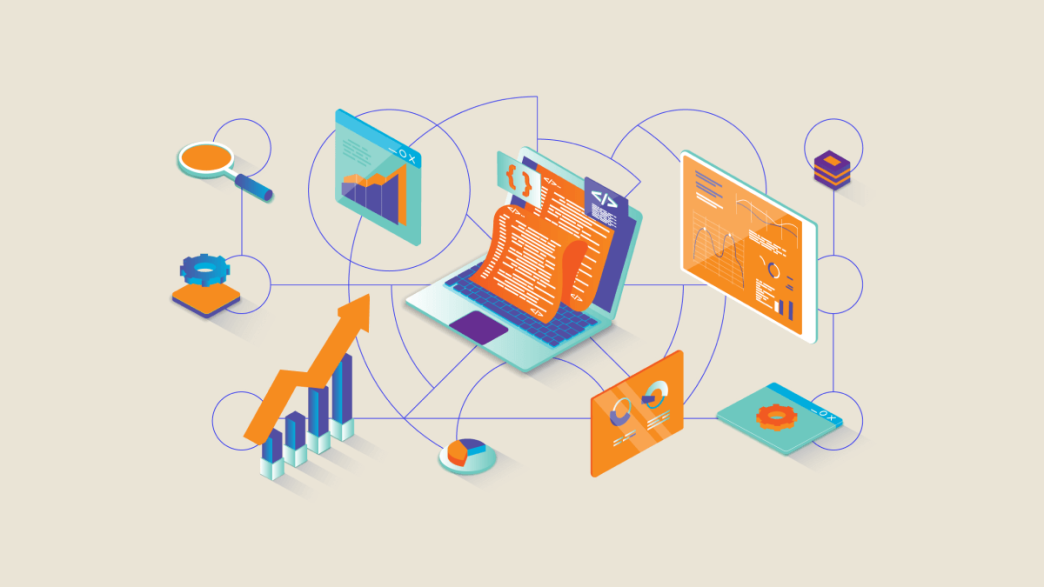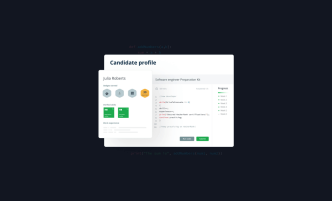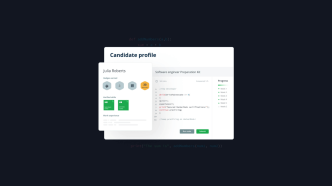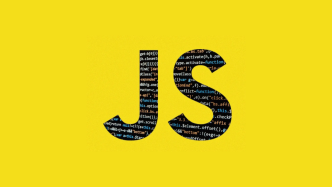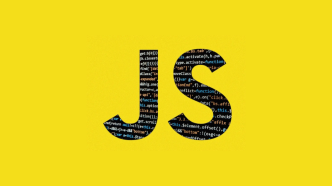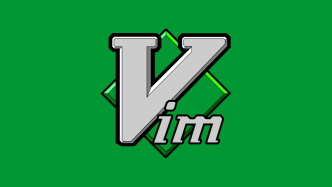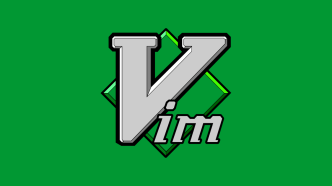Eager to dive into full-stack development but not sure which framework to choose? Let’s be real: the options are overwhelming. From open-source options to commercial packages, there’s no shortage of tools promising to make your development life easier. So, how do you sift through the clutter to pick the one that’ll actually make your project a success? We’re tackling that question head-on.
The first thing to know is that not all frameworks are created equal. Some excel in scalability and are ideal for large, complex projects. Others are lightweight, aimed at small teams and rapid deployment. And let’s not forget the language preferences—whether you’re a Python aficionado, a JavaScript junkie, or a Ruby devotee, there’s likely a framework that speaks your coding language.
By the end of this article, you’ll know the important features, strengths, and weaknesses of top full-stack frameworks. No hype—just the details you need to make a sensible choice for your project. If you’re looking for straight talk and helpful insights, keep reading.
Django
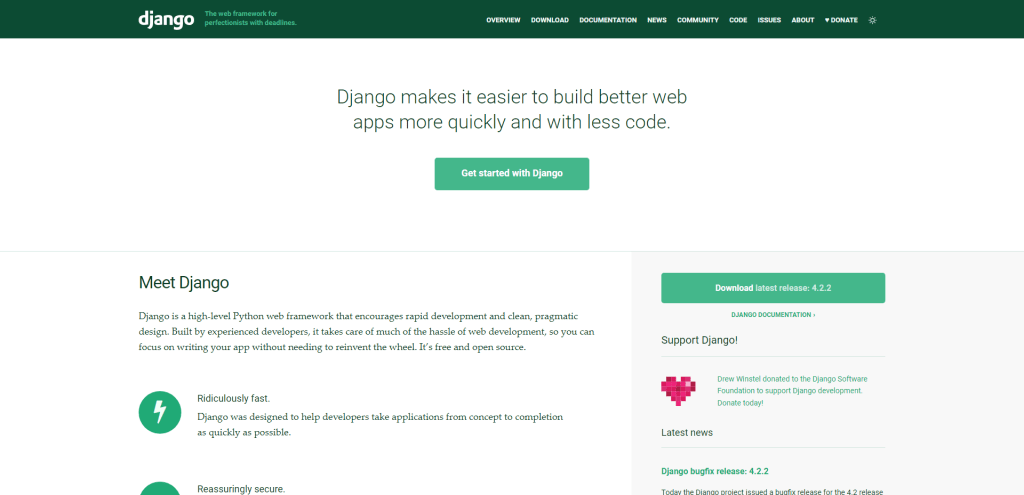
Django is a highly popular web framework built on the Python programming language. It’s known for its robustness, flexibility, and ease of use, making it an excellent choice for developers looking to create full-stack web applications.
MVT Architecture
At the heart of Django is its Model-View-Template (MVT) architecture. Similar to the more commonly known Model-View-Controller (MVC) pattern, MVT separates an application’s components into three distinct layers:
- Model: Represents the data structure and handles database interactions.
- View: Manages what data is displayed and how it’s presented.
- Template: Defines how the data from the View should be rendered in HTML.
This separation of concerns allows for a more organized codebase and promotes better maintainability as your application grows.
Built-In Admin Interface
One standout feature of Django is its built-in admin interface. This powerful tool enables developers to create, read, update, and delete (CRUD) records in their application’s database without having to write any additional code.
To access this interface, you simply need to register your models with Django’s admin site during development. Once registered, you’ll have a fully functional admin panel where you can manage your application’s data with ease.
Other Notable Features
Django also offers a plethora of other features that make it an attractive choice for full-stack development:
- URL Routing: Django provides a clean and simple way to define URL patterns for your application.
- Form Handling: Easily create forms based on your models and validate user input with minimal effort.
- Authentication & Authorization: Built-in support for user authentication and role-based access control.
- Reusable Apps: Develop modular, reusable Django apps that can be easily plugged into other projects.
- Extensibility: Customize and extend Django’s functionality through a vast ecosystem of third-party packages.
Ruby on Rails
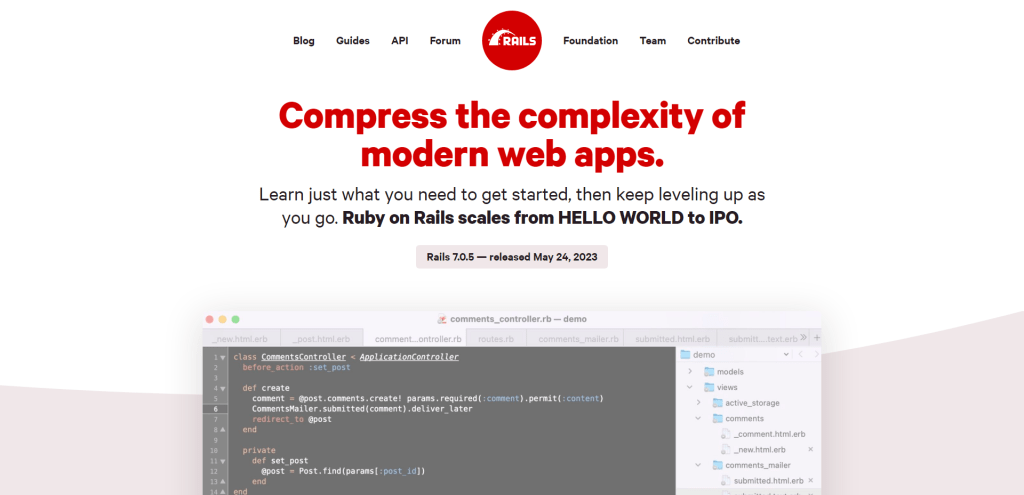
Ruby on Rails, often referred to as Rails, is a full-stack web framework built using the Ruby programming language. It is widely known for its MVC (Model-View-Controller) architecture, which promotes the separation of concerns in your application by dividing it into three main components:
- Model: Represents the data and business logic of your application.
- View: Handles the presentation and user interface.
- Controller: Manages communication between the Model and View.
Convention Over Configuration
One of the key principles of Rails is “convention over configuration.” This means that Rails provides sensible defaults for various aspects of your application, allowing you to focus on writing code specific to your project rather than configuring every little detail.
For example, if you have a model named User, Rails will automatically look for a database table named users. Similarly, if you have a controller named PostsController, Rails will expect corresponding views in a folder named posts.
By following these conventions, you can save time and effort while also producing cleaner and more maintainable code.
Rapid Development
Rails is well-known for its ability to speed up web development. With built-in support for common tasks such as database migrations, form handling, and authentication, you can quickly build out complex applications with minimal boilerplate code.
Furthermore, Rails comes with an extensive library of plugins called “gems” that can be easily added to your project to extend its functionality. This vast ecosystem allows developers to leverage existing solutions rather than reinventing the wheel.
Active Record: Object-Relational Mapping (ORM)
Rails includes an ORM called Active Record that simplifies database interactions by mapping database tables to Ruby classes. This means that you can work with your data using familiar object-oriented techniques instead of writing raw SQL queries.
Active Record also provides a powerful query API that allows you to chain methods together to build complex queries in a readable and intuitive way.
Testing and Security
Rails places a strong emphasis on testing and security. It encourages test-driven development (TDD) by providing built-in support for unit testing, integration testing, and functional testing.
In terms of security, Rails includes several features to help protect your application against common web vulnerabilities such as SQL injection, cross-site scripting (XSS), and cross-site request forgery (CSRF).
Express.js
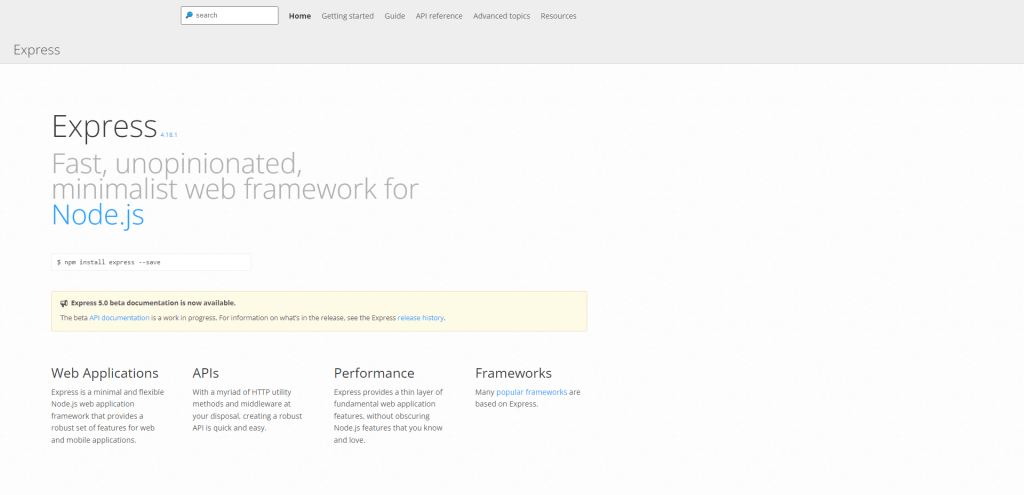
Express.js, often simply called Express, is a popular web application framework built on top of Node.js. As a JavaScript-based framework, it allows you to create server-side applications using the same language you’re already familiar with from client-side development. With its minimalistic design, Express aims to provide you with just the essential features required to build web applications while giving you the flexibility to extend and customize it as needed.
Key Features of Express.js
- Minimalistic Design – One of the main reasons developers love Express is its simplicity. The framework doesn’t force any specific architecture or structure upon your application. Instead, it offers a lightweight and unopinionated foundation that you can build upon according to your project’s requirements.
- Middleware Support – Express utilizes middleware functions to handle various aspects of your application’s request-response cycle. Middleware functions are modular pieces of code that can be easily added, removed, or modified within your app. This allows for better code organization and separation of concerns.
- Routing Capabilities – Express provides an intuitive routing system that enables you to define how your application should respond to different HTTP requests (GET, POST, PUT, DELETE) and URL patterns. This makes it easy for you to map specific routes to corresponding functions in your app.
- Template Engine Integration – While not tied to any specific template engine by default, Express supports a wide range of them out-of-the-box (such as Pug or EJS). This means that you can choose the one that best suits your needs and easily integrate it into your application for server-side rendering.
- Community and Ecosystem – Thanks to its popularity within the Node.js community, there are numerous resources available for learning and troubleshooting Express-related issues. Additionally, there’s an extensive collection of third-party packages that can help you add new features and functionality to your application with minimal effort.
Getting Started with Express.js
To start using Express.js in your project, you’ll first need to have Node.js installed on your system. Once that’s done, simply run the following command in your terminal:
npm install expressThis will install the Express package and make it available for use within your application. From there, you can begin building your server-side app by importing Express, creating an instance of the framework, defining routes, and finally listening for incoming requests.
Laravel
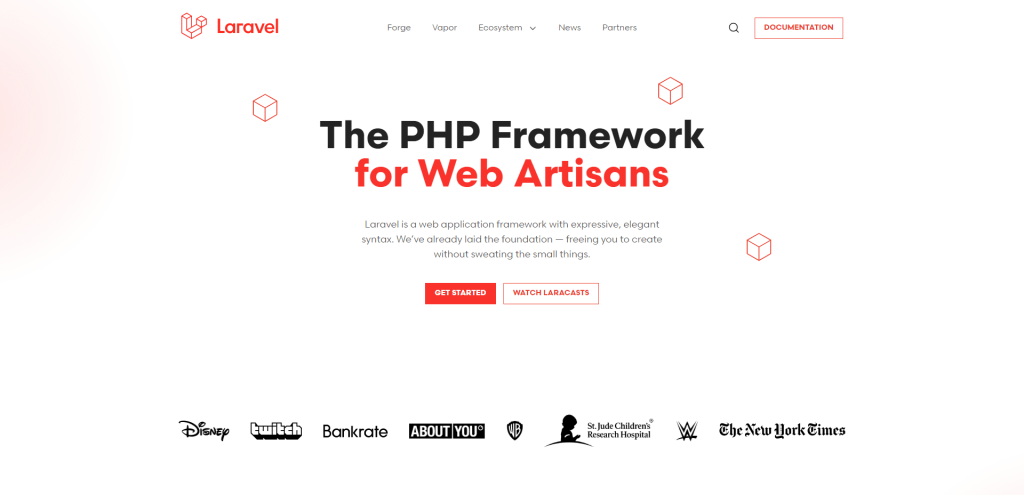
Laravel, an open-source web framework, is designed to make web development tasks more efficient and enjoyable. As a PHP-based framework, it leverages the power of one of the most popular programming languages for web development. Let’s dive into some of its key features.
Model-View-Controller (MVC) Architecture
One of the main reasons Laravel stands out is its implementation of the Model-View-Controller (MVC) architecture. This design pattern helps you organize your code in a clean and maintainable way by separating application logic into three interconnected components:
- Model: Represents the data structures and business logic.
- View: Displays the data from the model in a user-friendly format.
- Controller: Handles user input, processes it, and updates both the model and view accordingly.
By following this pattern, Laravel ensures that your code remains organized, making it easier to understand, debug, and scale.
Elegant Syntax for Increased Productivity
Laravel’s syntax is often praised for its elegance and simplicity. This is due to its expressive and fluent API that allows developers to write concise yet powerful code. Furthermore, Laravel provides built-in tools like Eloquent ORM (Object Relational Mapping) that enable seamless interaction with databases using an object-oriented approach.
This elegant syntax not only improves readability but also increases productivity by reducing boilerplate code and enabling faster development.
Comprehensive Ecosystem with Robust Features
Laravel offers a comprehensive ecosystem that includes a wide range of built-in features like authentication, caching, routing, session management, and more. These features save you time by providing pre-built solutions for common tasks.
Moreover, Laravel has an extensive community-driven package ecosystem called “Packagist” which offers additional functionality through third-party packages. This means you can easily extend your application’s capabilities without reinventing the wheel.
Artisan: The Built-in Command-Line Tool
Another powerful feature of Laravel is Artisan, a built-in command-line tool that automates repetitive tasks and enhances your development workflow. With Artisan, you can generate boilerplate code for new controllers, models, migrations, and more. It also helps you manage your application’s environment, run tests, and execute custom commands.
Spring Boot
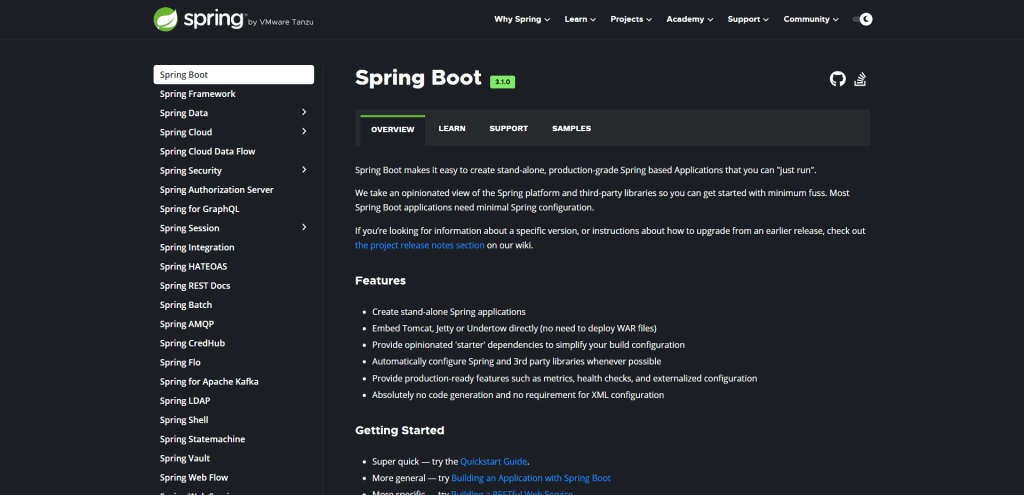
Spring Boot is a widely-used web framework that simplifies the development and deployment of Java applications. It’s built on top of the Spring Framework, which has been a popular choice for Java developers since its inception in 2002. Let’s dive into some of the key features that make Spring Boot a top choice for full-stack web development.
Java-based
As a Java-based framework, Spring Boot allows you to leverage the power and flexibility of the Java programming language. With its robust type system, object-oriented nature, and extensive standard library, Java is an excellent choice for building scalable and maintainable web applications.
Microservices Support
One of the standout features of Spring Boot is its support for microservices architecture. This approach to software development involves breaking down your application into smaller, independent services that communicate with each other through APIs. By adopting microservices, you can build applications that are more modular and easier to scale as your needs grow.
Spring Boot makes it easy to develop and deploy microservices by providing tools such as:
- Embedded servers: You can run your application with an embedded server (like Tomcat or Jetty) without needing to set up an external server.
- Service discovery: Spring Boot integrates with service discovery tools like Netflix Eureka or Consul to simplify inter-service communication.
- Circuit breakers: To ensure resilience in your microservices architecture, Spring Boot offers built-in support for circuit breakers using Hystrix or Resilience4j.
Powerful Ecosystem
The Spring ecosystem is vast and mature, providing numerous libraries and integrations that can help you build feature-rich applications with minimal effort. Some notable components include:
- Spring Data: Simplify data access by abstracting database interactions with this powerful library.
- Spring Security: Secure your application by integrating authentication and authorization mechanisms using Spring Security.
- Spring Cloud: Enhance your microservices architecture with a suite of tools designed to simplify distributed systems development.
Moreover, Spring Boot’s extensive documentation and active community make it easy to find solutions and best practices for any challenges you might face during development.
Flask
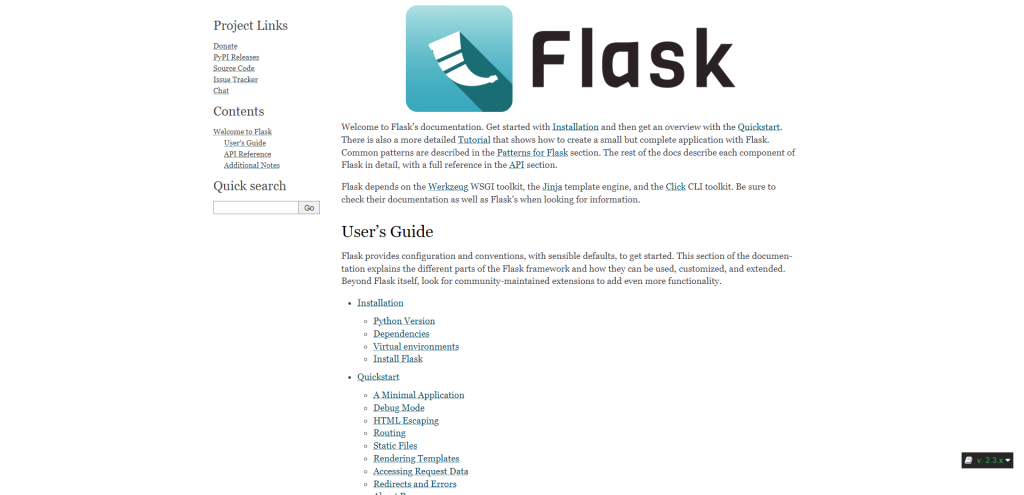
Flask is an excellent choice for developers seeking a lightweight, yet powerful web framework. Its Python-based nature makes it accessible to a wide range of programmers, and its microframework design allows for rapid development with minimal overhead.
Minimalistic Design for Maximum Flexibility
One of the main advantages of Flask is its minimalistic design. Unlike some other web frameworks that come loaded with built-in features, Flask provides you with the essential building blocks to create your web application from scratch. This means that you have more control over your project’s structure, allowing you to tailor it precisely to your needs.
Extensible with Plugins
Flask’s core functionality can be easily extended through plugins, providing additional features and tools as needed. This modular approach ensures that your application remains lightweight while still being able to leverage powerful third-party libraries.
Some popular Flask plugins include:
- Flask-SQLAlchemy: Integrates SQLAlchemy, a powerful Object Relational Mapper (ORM), into your Flask application.
- Flask-WTF: Simplifies the creation and validation of web forms.
- Flask-Login: Provides user authentication management.
- Flask-Migrate: Helps manage database schema migrations.
By incorporating these plugins into your project, you can add new functionality without bloating your codebase or reinventing the wheel.
Easy Setup and Deployment
Setting up a Flask application is a breeze. With just a few lines of code, you can create a basic web server that listens for incoming requests and returns appropriate responses. This simplicity makes it easy for beginners to get started while also streamlining development for experienced developers.
When it’s time to deploy your application, there are numerous options available. You can use traditional hosting providers or leverage cloud services like Heroku, Google Cloud Platform, or AWS. With the right configuration, scaling your Flask application to handle increased traffic is straightforward.
Active Community and Comprehensive Documentation
As a popular open-source project, Flask benefits from an active community of developers who contribute to its ongoing development and offer support through forums and online resources. Additionally, Flask’s comprehensive documentation ensures that you’ll have access to the information you need to build and maintain your web application.
ASP.NET Core
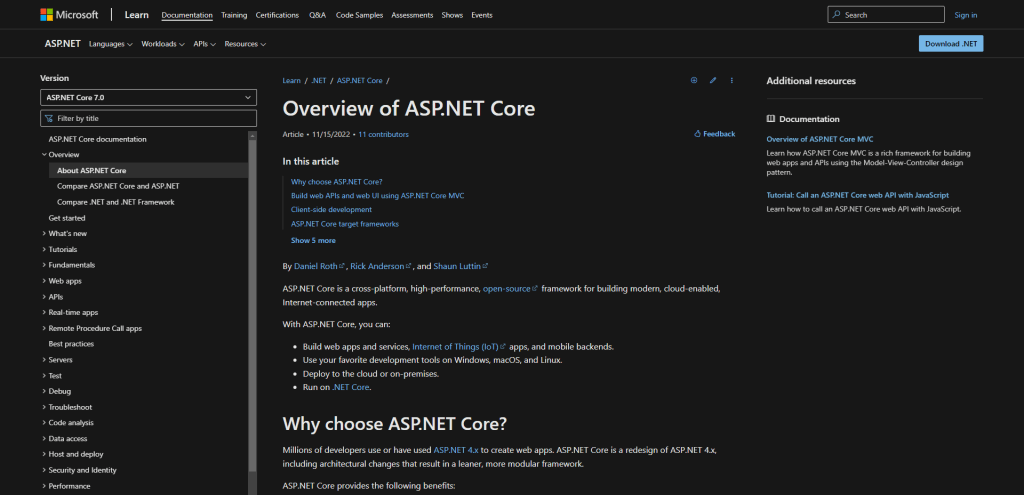
If you’re looking for a powerful full-stack web framework, ASP.NET Core is definitely worth considering. Developed by Microsoft, this C#-based framework offers an array of features that make it stand out among its competitors.
Cross-Platform Support
One of the key advantages of ASP.NET Core is its cross-platform support. You can develop and deploy applications on various platforms, including Windows, macOS, and Linux. This flexibility allows you to reach a wider audience and makes it easier to collaborate with developers using different operating systems.
High Performance
ASP.NET Core is known for its high performance, which is crucial in today’s fast-paced digital world. The framework utilizes the Kestrel web server, which has been designed for optimal speed and efficiency. Moreover, it supports asynchronous programming out of the box, allowing you to build highly responsive applications without much hassle.
Modular Architecture
ASP.NET Core follows a modular architecture that enables you to include only the necessary components for your application. This approach not only reduces the overall size of your app but also enhances its performance by minimizing dependencies and resource consumption.
Middleware Components
Middleware components play a significant role in defining how your application handles requests and responses. ASP.NET Core provides a rich set of built-in middleware components that allow you to customize the request pipeline easily. Additionally, you can create custom middleware components tailored to your specific needs.
Dependency Injection
Dependency injection is an essential feature in modern software development as it promotes loose coupling and testability. ASP.NET Core comes with a built-in dependency injection system that simplifies managing dependencies throughout your application.
Razor Pages
Razor Pages is a feature introduced in ASP.NET Core 2.0 that offers an easy-to-use page-based programming model for building dynamic web applications. It combines the best aspects of both MVC (Model-View-Controller) and WebForms, providing a streamlined approach to web development.
Extensive Ecosystem
As a part of the .NET ecosystem, ASP.NET Core benefits from a vast collection of libraries, tools, and resources. This extensive ecosystem allows you to find solutions for almost any challenge you might encounter during the development process.
Meteor.js
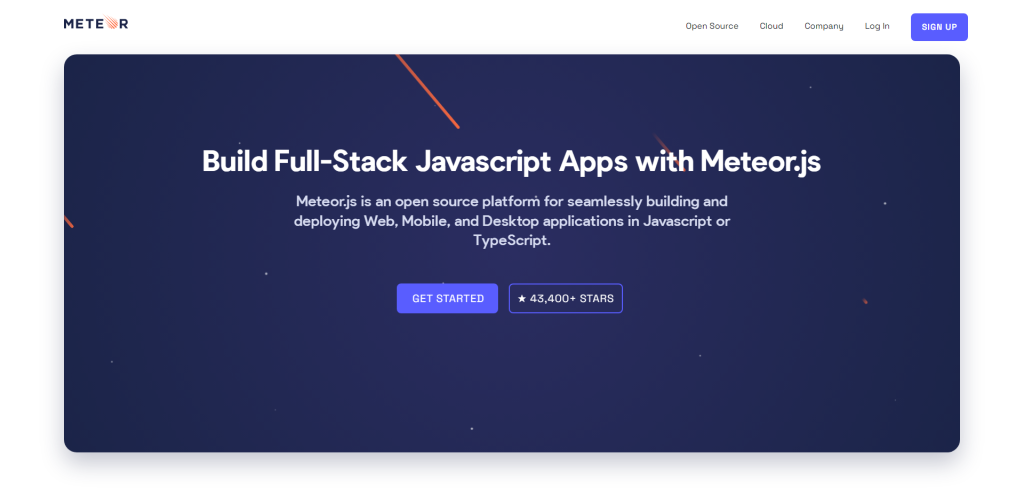
Meteor.js is a powerful full-stack web framework that enables you to build modern, real-time applications using JavaScript. As a developer, you’ll appreciate its seamless integration with popular JavaScript libraries and tools, making it easy to create responsive and dynamic web applications.
Real-Time Updates
One of the core strengths of Meteor.js is its ability to provide real-time updates. This means that your application’s data is synchronized across all connected clients instantly, without requiring manual refreshes or complex server-side logic. By utilizing the Distributed Data Protocol (DDP) and websockets, Meteor.js ensures smooth communication between the server and clients, allowing for a highly interactive user experience.
Full-Stack Platform
Meteor.js offers a complete solution for building web applications from scratch. It covers both front-end and back-end development, which means you can use one language (JavaScript) throughout your entire project. Moreover, Meteor.js comes with built-in support for MongoDB, a popular NoSQL database system. This full-stack approach simplifies development by reducing the need to switch between multiple languages or technologies.
Easy-to-Use Package System
Meteor.js has an extensive package system called Atmosphere that allows you to easily add new functionality to your application. With thousands of packages available, you can quickly integrate features such as user authentication, file uploads, or third-party API integrations without reinventing the wheel.
Optimized for Mobile Development
In today’s mobile-first world, it’s crucial to build applications that perform well on various devices. Meteor.js recognizes this need and provides Cordova integration out-of-the-box. Cordova allows you to package your web application as a native mobile app for iOS and Android platforms while still using familiar web technologies like HTML5, CSS3, and JavaScript.
Active Community and Resources
Meteor.js boasts a vibrant community of developers who contribute to its growth and improvement. This means you’ll find numerous resources, tutorials, and support forums that can help you learn the framework and troubleshoot any issues you may encounter. Additionally, the Meteor Development Group (MDG) actively maintains the framework, ensuring it remains up-to-date with the latest web development trends.
Play Framework
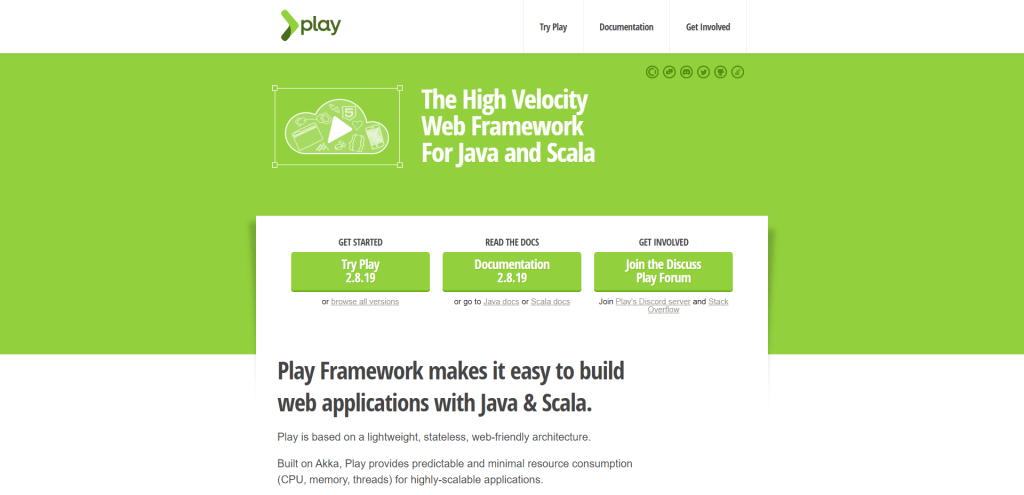
If you’re looking for a powerful full-stack web framework, the Play Framework is an excellent choice. Developed with both Java and Scala in mind, it offers a stateless design and embraces reactive principles. Let’s dive into the details of this versatile framework.
Stateless Design
One of the key features of the Play Framework is its stateless design. This means that each request is entirely independent of any previous requests, allowing for better scalability and easier maintenance. By avoiding shared mutable state, you can build applications that are more resilient to errors and easier to test.
Reactive Principles
The Play Framework follows reactive principles, which focus on building responsive, resilient, elastic, and message-driven systems. Reactive systems are designed to handle high levels of concurrency and provide a better user experience by being responsive under load.
Asynchronous & Non-Blocking
Play Framework uses asynchronous programming through Futures and Promises. This non-blocking approach allows your application to handle multiple requests simultaneously without waiting for one request to complete before starting another. As a result, your application can scale better and provide a smoother user experience.
Akka Integration
Akka is an open-source toolkit for building highly concurrent, distributed, and fault-tolerant systems. The Play Framework integrates seamlessly with Akka, allowing you to create advanced applications with ease. With Akka’s Actor System at its core, you can build complex systems that can efficiently communicate through message-passing.
Built-in Support for WebSockets & Server-Sent Events
Real-time communication is essential in modern web applications. The Play Framework offers built-in support for WebSockets and Server-Sent Events (SSE), enabling seamless real-time communication between your server and clients.
Developer Productivity
The Play Framework aims to boost developer productivity by offering hot-reloading capabilities during development. This means that any changes made to your code will be automatically reflected in your running application without requiring a restart. Additionally, the framework provides a wide range of plugins and libraries to help you build your application faster.
Java & Scala Support
Whether you prefer Java or Scala, the Play Framework has got you covered. It provides first-class support for both languages, allowing developers to choose the language that best suits their needs and preferences.
MEAN Stack
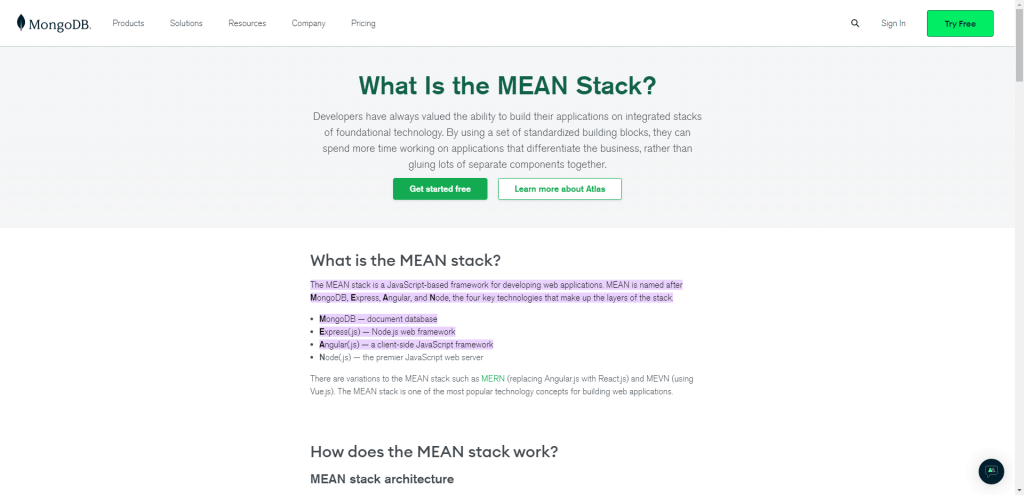
MEAN Stack is a powerful combination of four JavaScript-based technologies that allow you to build full-stack web applications. Let’s dive into the components of the MEAN Stack and understand how they work together.
MongoDB
MongoDB is a NoSQL database known for its flexibility and scalability. Unlike traditional relational databases, MongoDB stores data in a document-oriented format, making it easier to work with complex and hierarchical data structures. This feature allows you to store and retrieve data more efficiently, which can be crucial for modern web applications.
Express.js
Express.js is a lightweight web application framework built on top of Node.js. It simplifies the process of creating server-side applications by providing a minimalistic yet powerful set of features such as routing, middleware, and template engines. With Express.js, you can quickly set up RESTful APIs or serve dynamic web pages with ease.
Angular
Angular is a popular front-end framework developed by Google for building dynamic and responsive web applications. It uses a component-based architecture, which encourages modularity and reusability of code. Angular also provides two-way data binding, dependency injection, and an extensive library of pre-built components to help you create complex user interfaces with less effort.
Node.js
Node.js is an open-source runtime environment that allows you to run JavaScript on the server-side. By using Google’s V8 JavaScript engine, Node.js enables developers to write both front-end and back-end code in the same language – JavaScript. This feature not only streamlines your development process but also makes it easier to maintain your codebase in the long run.
Why Choose MEAN Stack?
The MEAN Stack offers several benefits for developers looking to build full-stack web applications:
- Single Language: Since all components use JavaScript, you can leverage your existing knowledge across the entire stack, making it easier to learn and maintain.
- Open Source: Each technology in the MEAN Stack is open-source and has an active community, ensuring continuous improvements and support.
- Scalability: MongoDB, Express.js, and Node.js are designed with scalability in mind, allowing your application to handle large amounts of data and traffic with ease.
- Flexibility: The MEAN Stack’s modular architecture allows you to swap out components or add new ones as needed, giving you the freedom to customize your tech stack according to your project’s requirements.
Summary
That’s it, we’ve gone through the key full-stack frameworks, highlighting what really matters. Keep in mind, the best framework for you isn’t just about features or popularity. It should align with what you’re trying to achieve with your project.
Take time to assess what we’ve discussed and maybe give some of these frameworks a spin yourself. Ultimately, the most useful tool is the one you can work with efficiently. Thanks for reading—now go find the right framework for your needs.

